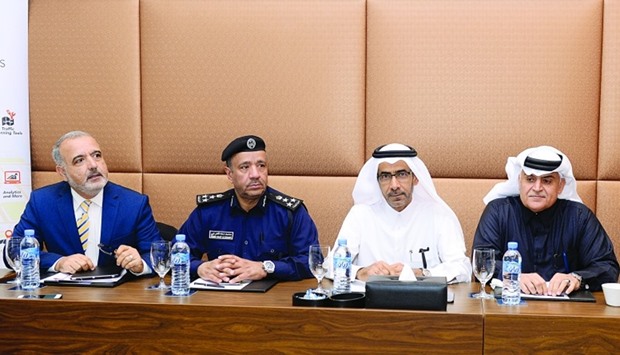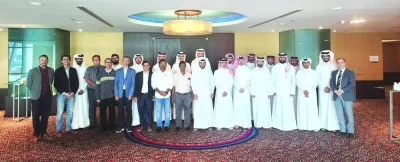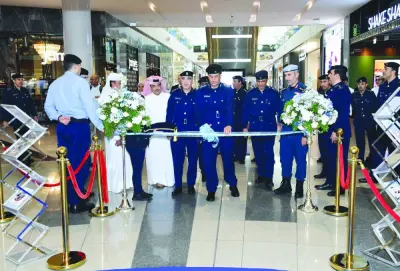There was an estimated economic impact of QR5.6bn to QR6.6bn from the traffic congestion in Qatar during 2016, which translated to a loss of about 0.9-1.0% of the GDP, it was revealed at the launch of the second annual Qatar Traffic Report (QTR).
The impact has been calculated based on the fact that the average number of extra hours spent in traffic congestion went up to 109 hours per commuter in 2016 from 102 hours in 2015. The economic cost for lost productivity due to congestion in 2015 was about QR5.2bn to QR6bn.
The QTR is prepared by Qatar Mobility Innovations Centre (QMIC), the first independent innovations centre in the region and located at the Qatar Science and Technology Park.
The key findings of the report were presented by QMIC executive director and CEO Dr Adnan Abu-Dayya in the presence of key national partners as well as senior officials of other organisations.
General Directorate of Traffic director general Brig Mohamed Saad al-Kharji, Minister of Transport's adviser Brig Mohamed al-Malki, and QMIC chairman Abdulla Zaid al-Talib were among those present.
According to Dr Abu-Dayya, QMIC findings are based on analysing more than 1.4bn data records collected through its advanced traveller information system, Masarak, across the major road segments in Qatar.
October was the most congested month of 2016 with a travel time index (indicates the increase in travel time due to congestion) of 1.75 throughout the day. The highest congestion period was around 7am with an average congestion index of 36%.
Sundays had the highest travel time index of 2.14 in the morning peak hours and Thursdays had the lowest travel time index of 1.97. Moreover, congestion behaviour has started to spread more geographically to suburban areas due to urban expansion.
Dr Abu-Dayya explained that QTR 2016 provides the only comprehensive, scientific and data-centric update about the status of traffic congestion in Qatar.
"QMIC has also developed and deployed the only advanced traveller information system, Masarak, in Qatar with a comprehensive state-of-the-art data collection network combined with necessary intelligence and user applications. Masarak represents a key enabler for major ITS, smart city, and road safety projects in Qatar."
QTR takes into consideration a number of key globally accepted metrics to report on the severity, time, and locations of traffic congestion in Qatar. In order to gauge traffic conditions for 2016 in a scientific, methodical and accurate way, the QTR used the concept of Masarak Congestion Index (indicates average reduction in speed due to congestion) and the Travel Time Index to assess the level of road congestion.
The key findings and the detailed analytics provided by the QTR can be of significant value to national entities and private enterprises in Qatar, especially those active in the areas of transportation, road safety, smart cities, and urban planning. The QTR is one of the key outputs of the Masarak system, fully developed and deployed by QMIC.
Improvements to road network showing positive results
Although the overall congestion for 2016 is slightly worse than 2015, congestion levels in the second half of 2016 were better than those of 2015. There is considerable reduction in traffic congestion in the second half of 2016 which could be attributed to completion of more road works.
Several road projects were completed by Ashghal in the middle of 2016 which started to have a positive impact on traffic flow. QMIC says that traffic behaviour is expected to keep improving or stay flat on a year-year basis as more road projects are completed.
"It is quite positive that traffic congestion is lesser in the second half, compared to 2015. This shows that the completion of the road networks is helping to ease the congestion to a great level. Moreover, several leading cities even in some highly developed countries also have almost the same levels of traffic congestion,” said, Dr Abu-Dayya.




